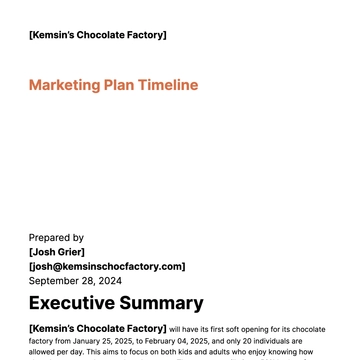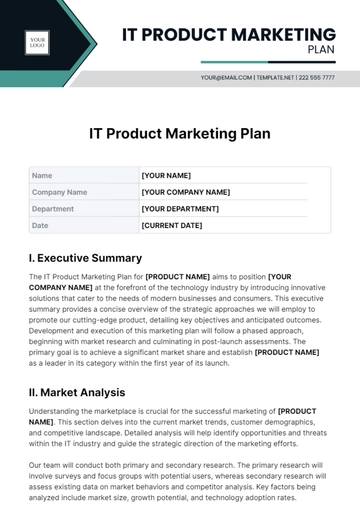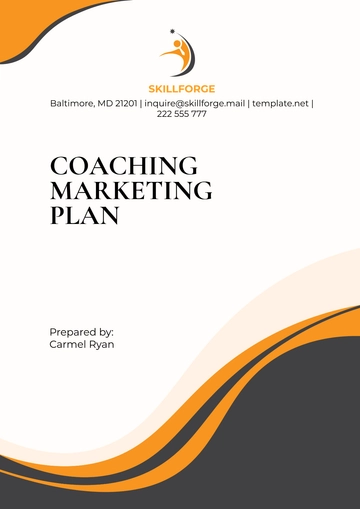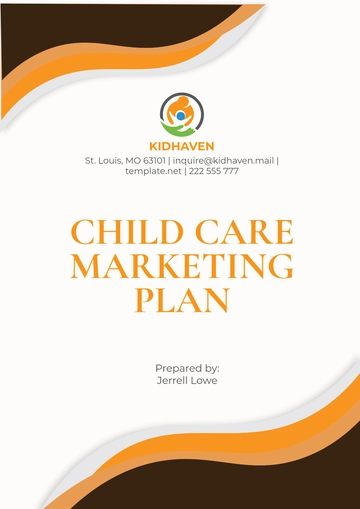Free Simple Product Launch Marketing Plan
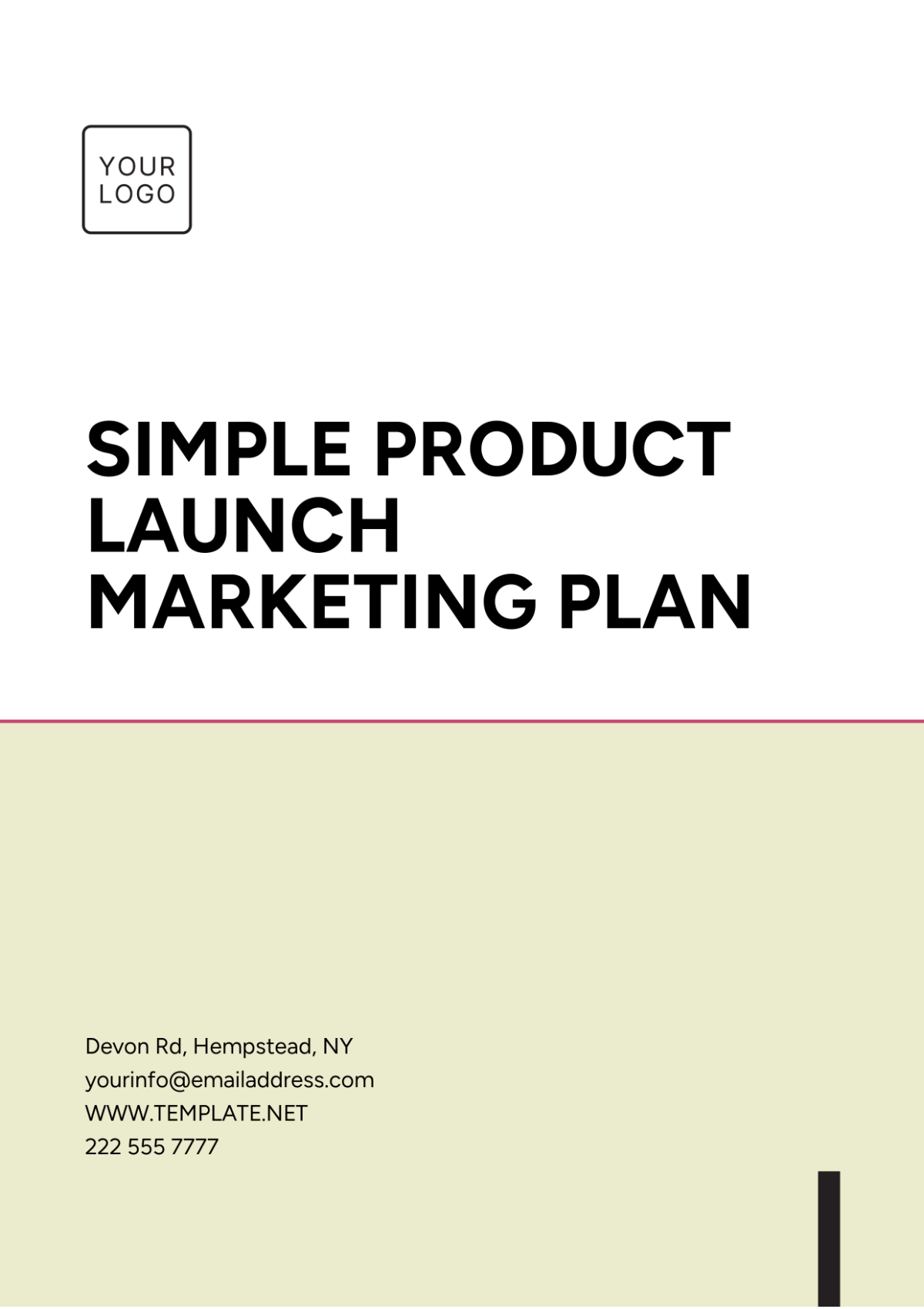
Prepared by: [YOUR NAME]
Date: [DATE]
1. Introduction
Launching a new product requires a strategic approach to ensure maximum reach and impact in the target market. This marketing plan outlines the essential steps and activities designed to achieve the successful introduction of our new product to potential customers. Our approach focuses on a combination of digital marketing, community engagement, and strategic partnerships.
2. Market Analysis
2.1 Target Audience
Understanding who our product is intended for is crucial for effective marketing. Our target audience includes tech-savvy individuals aged 18-45 who are early adopters and trendsetters.
Age: 18-45
Interests: Technology, Innovation, Lifestyle
Locations: Urban centers with high internet penetration
2.2 Competitor Analysis
Analyzing competitors provides insights into market trends and consumer preferences. We have identified the following key competitors in the market:
Competitor | Strengths | Weaknesses |
|---|---|---|
Competitor A | Strong brand recognition, large user base | Higher pricing, less innovative |
Competitor B | Cost-effective, user-friendly | Limited features, niche market |
3. Marketing Objectives
Our product launch aims to achieve the following objectives:
Generate brand awareness through online and offline channels.
Engage with potential customers by providing them with informative content.
Achieve at least 5000 pre-orders within the first month of the launch.
4. Marketing Strategies
4.1 Digital Marketing
Utilizing digital platforms is essential to reach our tech-savvy audience effectively. Our digital marketing strategy includes:
Social Media Campaigns: Leverage platforms such as Facebook, Instagram, and Twitter to promote product features and incentives.
Email Marketing: Send tailored emails with exclusive offers to subscribers and previous customers.
Pay-Per-Click Advertising: Utilize targeted ads on search engines and social media to drive traffic to our landing page.
4.2 Content Marketing
Producing high-quality content will position our product as a must-have solution. Our content marketing initiatives include:
Blog Posts: Publish informative articles about industry trends, product benefits, and user stories.
Video Tutorials: Create engaging videos showcasing product features and usage tips.
Webinars: Host live webinars to demonstrate the product and address customer queries.
4.3 Community Engagement
Building a community around our product will cultivate brand loyalty and generate word-of-mouth marketing. We will:
Start a Product Launch Contest: Encourage users to share their experiences for a chance to win prizes.
Create a User Forum: Establish an online community where users can share feedback and connect.
Participate in Industry Events: Attend conferences and expos to showcase the product to a large audience.
5. Budget Allocation
To ensure prudent use of resources, we have allocated the following budget for our marketing efforts:
Activity | Budget ($) |
|---|---|
Social Media Advertising | 10,000 |
Email Marketing | 5,000 |
Content Production | 7,000 |
Event Participation | 8,000 |
6. Performance Metrics
6.1 Key Performance Indicators (KPIs)
The success of our marketing plan will be evaluated based on the following KPIs:
Website Traffic: Measure the increase in visits to the product landing page.
Social Media Engagement: Track likes, shares, and comments on our posts.
Conversion Rate: Monitor the percentage of visitors who pre-order our product.
Customer Feedback: Gauge customer satisfaction through reviews and surveys.
7. Conclusion
Launching our product requires a comprehensive and well-executed marketing plan to create a significant impact in the market. By leveraging digital marketing, community engagement, and strategic partnerships, we aim to achieve strong brand recognition and meet our sales targets. Constant monitoring and optimization will ensure our efforts lead to a successful launch and sustained growth in the market.
- 100% Customizable, free editor
- Access 1 Million+ Templates, photo’s & graphics
- Download or share as a template
- Click and replace photos, graphics, text, backgrounds
- Resize, crop, AI write & more
- Access advanced editor

